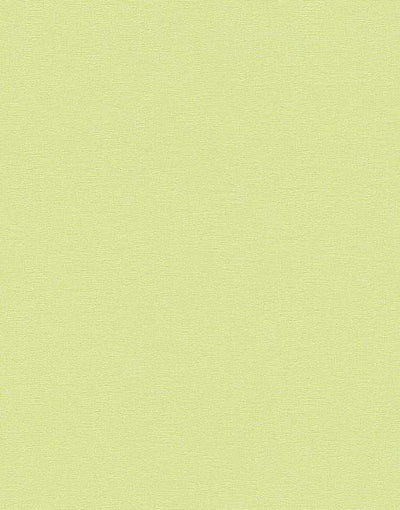Surface treatment
Surface preparation
How should the surface be prepared before wallpapering?
Proper surface preparation is an important prerequisite for a perfect wallpapering result. If you want to save money on preparation, this factor can have a negative impact on the overall wallpapering process.
Is it necessary to remove the old wallpaper before gluing the new wallpaper?
You should always get rid of the old wallpaper before you apply the wallpaper. If you stick on old wallpaper, there is a chance that the wallpaper will not adhere properly, that poor adhesion and failure points will form, and that the bottom layer of the old wallpaper will shine through the new wallpaper.
The old wallpaper can be removed manually with water using wallpaper removers, ceiling trowels and spatulas. Tightly adhered wallpapers that cannot be removed despite repeated wetting are perforated with a needle roller, which helps to free the walls from washable and abrasion-resistant wallpapers. If a dispersion adhesive is used to apply the wallpaper, often only mechanical steam treatment with a steam cleaner can help.
Some types of wall coverings tend to be layered. This means that the top layer can be removed dry and only a fine layer of paper, the so-called 'lining wallpaper', is left behind. These serve as a base for new wallpaper and can be glued on top of the new wallpaper, provided that the lower wallpaper is firmly adhered to the surface. This can be checked by wetting the 'lining wallpaper' with water in several places and waiting for about 15 minutes. If no bubbles have formed during this time, the new wallpaper can be glued on top of the existing layer.
What if there are layers of old paint on the wall?
Old, unstable or cracked layers of paint or varnish need to be removed before wallpapering. This can be done by grating or scraping. In difficult cases, an alkaline or chemical solution will help.
What if there is adhesive or dispersion paint on the wall?
Old adhesive paint should be thoroughly washed off with water. Adding a wallpaper remover will make the job much easier. Dispersion paint that is resistant to wear (so-called mixed binder coatings) should be moistened with water and a wallpaper remover added to swell it so that it can be removed. After cleaning, apply a water-based primer to the surface.
What if there is oil or varnish paint on the wall or metal surfaces?
These surfaces are not suitable for wallpaper. However, if you wish to apply wallpaper to such surfaces, it is recommended that you first clean the surface of any anti-adhesive substances such as dust, grease or dirt and apply a 'lining wallpaper' (e.g. MAKU-Vlies paper fibre wallpaper produced by A.S. Création) to the surface using a dispersion adhesive (e.g. Metylan Ovalit T). Thus, even this type of surface can be prepared for wallpaper application.
How to prepare mineral surfaces?
For a resistant mineral surface (fresh plaster), a diluted wallpaper adhesive must be applied beforehand. For this type of wall covering, e.g. concrete surfaces, plasterboard, putty, it is also advisable to apply a primer coat on the wall.
Shaky or highly moisture-absorbing surfaces should be fixed with primer.
What is the best way to treat the surface before applying wallpaper?
A.S. MAKU-Vlies paper-fibre wallpaper from Création provides an ideal base for wallpapering and avoids the formation of gaps at adhesive joints. In addition, these wallpapers act as a compensating medium between the surface and the wallpaper, ensuring an even surface colour.
Do I need to treat the walls specially when using flizeline/paper wallpaper?
If a wall covered with fresh plaster has insufficient surface absorption, it should be primed with an adhesive (follow the manufacturer's instructions). All other surfaces (concrete, gypsum building boards, gypsum fibre boards, etc.) are treated with ground water which penetrates deeply into the surface.












